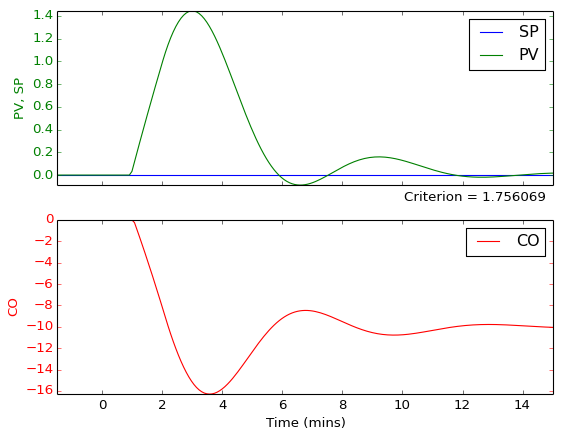Process Control
Process Control is a widely misinterpreted phrase or field and means different things to different people. Let’s explore one interpretation.
Other sections within Process Control include:
Introduction

What is Process Control REALLY about? It mostly revolves around the term “process”. Usually this means part or all of a process plant, but can be as simple as material movement. The purpose of controlling it is to maximise its performance, not to just to remove variability.
What is performance?
- higher average throughput
- reduction of operator workload (although this is usually a relatively low value)
- improved yield, recovery, or product quality
usually subject to some sensible constraints, e.g.:
- equipment protection (perhaps extending the life as well, but this is a trade-off with other performance measures)
- prevention of spillage or safety issues
Value leverage
Process Control has a very high leverage over how much value a processing plant can add, because it determines how well the available equipment is used to achieve the plant’s performance objectives of the day.
Make no mistake, the leverage works in both directions; poor control can destroy much value in a processing plant by limiting throughput, generating wild swings in quality of the output and quickly wearing out or damaging equipment.
How is it different to just “Control”?
Some typical (rather than strict) differences are:
The more general term “Control” often applies to highly deterministic (but sometimes discontinuous) systems such as robotics, motion control, vibration control
(less noise, less disturbance, higher-order dynamics, understood non-linearities)
“Process Control” is usually constrained to involve continuous chemical reactions, mixing, separation, transport, multi-phase flows (solid/liquid/gas)
(more noise, more disturbance, low-order dynamics (apart from deadtime), unknown and variable non-linearities)
So, Process Control is:
- mostly modulating control (but hybrid is probably the best description)
- trying to maximise process performance
- conventional and advanced control, real-time optimisation, process fault detection
- measurement systems (including signal filtering as well as soft-sensing and observers where direct measurement of an important variable is not available)
- support aspects including alarm management and controller performance monitoring
and is not:
- purely sequencing control (start/stop logic, motor protection, machine protection trips)
- control system hardware (DCS/PLC, networks, fieldbusses) - these are enablers and platforms of Process Control though!
Technique Selection
There are many, many process control techniques and it is important to be aware of (nearly) all of them so that the most appropriate technique can be selected for the specific task at hand. Beware the “hammer and nail” syndrome. However, apart from accumulating lots of experience, how does a process control engineer get the knowledge to select the right tools for the task at hand. Understanding the “library” of individual control techniques is one element, but usually the solution is a combination of techniques, so we also need to know which techniques to apply (together).
Some guidelines can help get us started such as Control Selection Table for some PC techniques, including brief descriptions of control techniques and control problems.
Useful Links
- Wikipedia’s entry on Process_Control ; also see other related entries:
- An excellent general resource on advanced process control is http://www.dsea.unipi.it/Members/balestrinow/CP/file/introd_APC_SPC.pdf
- Control Tutorials for Matlab - very comprehensive set of tutorials covering several control approaches and several control problems - http://www.engin.umich.edu/group/ctm/
- Lots of Process Control links on a Chem Eng oriented site (look towards the bottom of the page for Process Control) - http://www.worldcolleges.info/College/Engineering-Notes/chemical-engineering.php
- http://www.jashaw.com/ - good basic introduction to conventional control using PID controllers.
- http://www.controlguru.com/ - site with lots of process control articles, mostly conventional control.
- http://www.onesmartclick.com/engineering/chemical-process-control.html - wide ranging source of info on process control.
- http://www.documentation.frco.com/groups/public/documents/book/cvh99.pdf - Fisher Control Valve Handbook.
